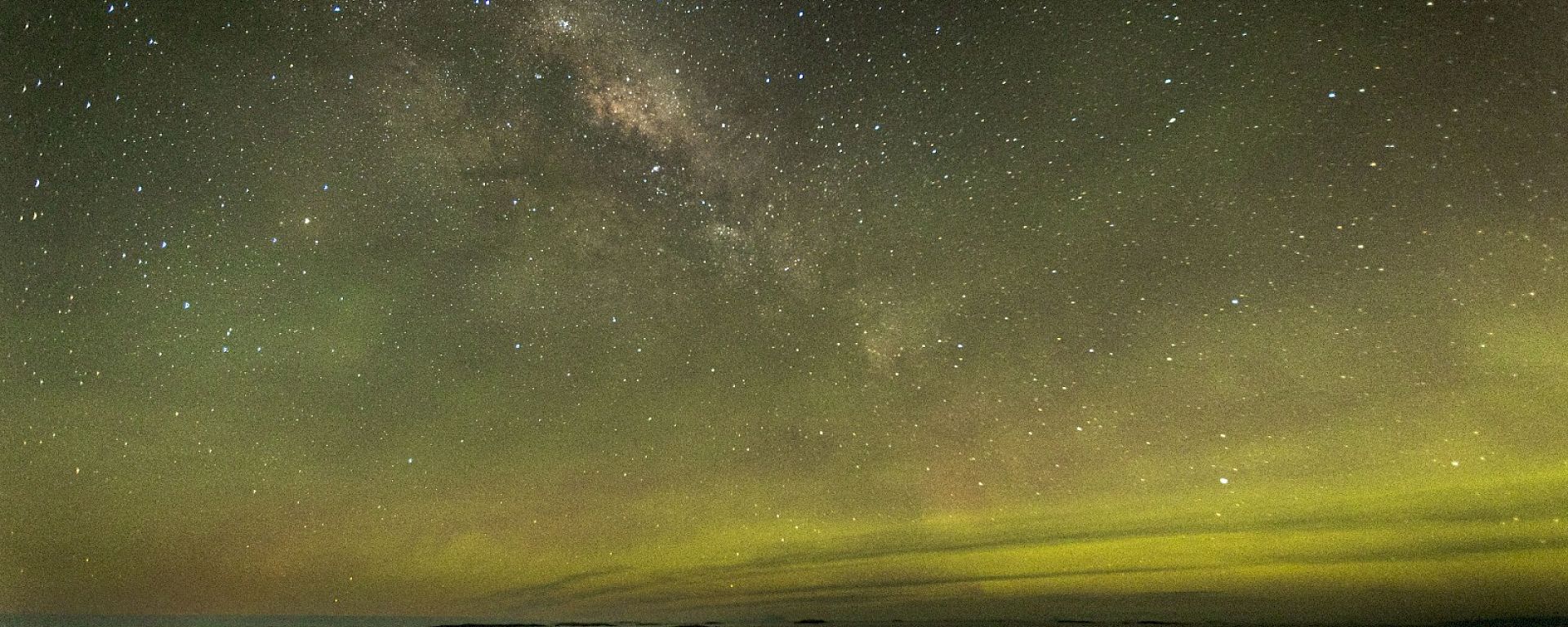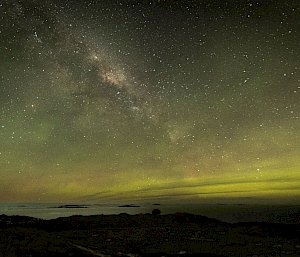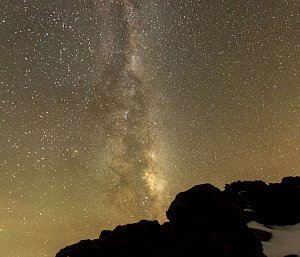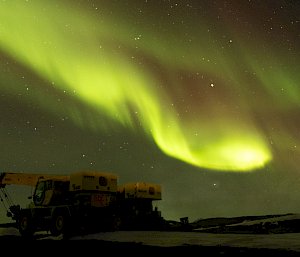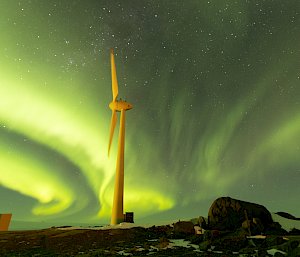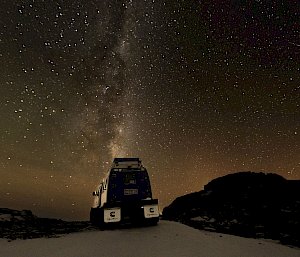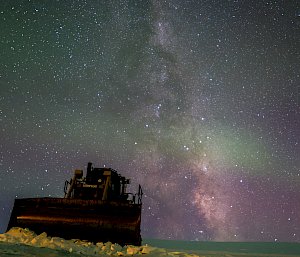As simple as clicking a button
We’ve officially hit the halfway point of our season. On one hand, it means we’re edging closer to heading home. On the other hand, it sadly means the nights are getting lighter, and capturing those mind-blowing aurora and astrophotography shots is about to get a whole lot harder. Even impossible
Photography was never something I thought I’d be interested in — but then again, I’ve never lived in a place where the sky dances and exposes stars like they are within reach. Some nights here feel like a “pinch me” moment, the kind where you stop and stare, knowing photographers around the world would give anything to be in your position.
But let’s be real: behind every “Instagram-worthy” shot, there’s a story of chaos, cold, and a fair bit of questionable decision-making. You often think, 'Why didn’t I start prepping earlier?' So, for those who think it’s as simple as clicking a button, let me take you through the real process:
Step 1: The Weather Gamble
First, check the forecast. If the winds are above 25–35 knots with a wind chill of –25 to –30, forget it. It is too unbearable. Your fingers are the first to give up, followed by toes. Once they are both cold, your brain stops thinking about what to do. Stay at the bar and play darts.
Step 2: The Gear Hunt
Find your camera gear—batteries off the charger, memory card emptied, tripod working (hopefully). Check your camera settings dialled in — chuck it into the backpack with the optimism of someone who thinks they’re ready.
Step 3: Dress To Survive
Thermal underlayers, puffer jacket, Carhartt overalls, down jacket, merino socks, boots, merino gloves, ice-man gloves, beanie, buff, and head torch (if it’s charged). By the time you’re dressed, you’re worn out and going to bed looks more appealing.
Step 4: Realise You’ve Forgotten Half of It
Brave the conditions, set up the camera… and immediately discover you’ve left something critical back at the shed. Sometimes the camera won't go to the settings you have set. Return to the living quarters. Repeat as required.
Step 5: Battery Panic
When it's cold, a camera battery empties quicker than an early model iPhone. Dash back for the portable charger, sprint back to the camera, plug it in, question why you are out here, will it even be better than the last one you took
Step 6: The Waiting Game
Bed head, hoping the wind doesn’t blow your tripod to. Fall asleep to the sound of howling gusts,
Step 7: The Morning Walk of Hope
Retrieve the camera. Some mornings you find the charger cord blown out by the wind, eight hours of work gone. Other mornings… jackpot. The kind of photos that make you forget the chaos of the night before.
Step 8: Editing: The Final Boss
Now comes hours of editing — stitching together raw images into a time-lapse, scrubbing out the mistakes, and hoping it was all worth it
Here’s what I’ve learned: this hunt for auroras and Milky Way shots is addictive. Some nights Mother Nature gives you magic; other nights she laughs at you. But that’s the beauty of it — you suit up, take your chances, and when it all works out, the results are worth every frozen finger.
Happy Clicking
James McKinlay - on call Chippy

